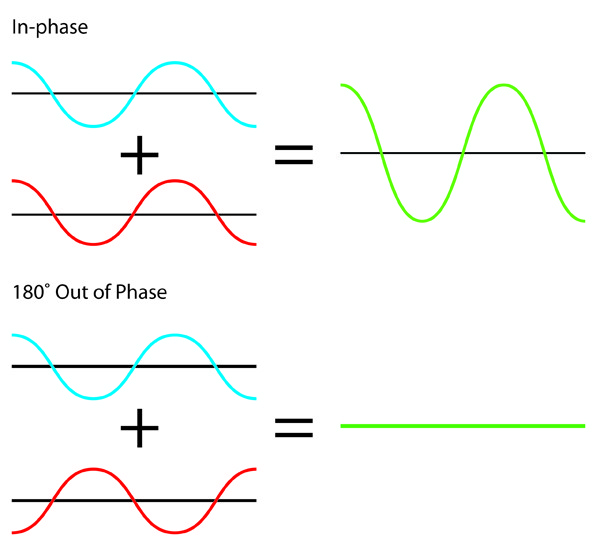Case Study 02: The Mp3
How recorded sound traveled from the phonograph to the vinyl, magnetic tape, audio disk, hard drive and finally in the clouds
Now, not only the rich can enjoy music in the comfort of one's house!
- phonograph ===> recorded sound at home
- vinyl ===> more durable and more accessible tech doing the same
- magnetic tape ===> possibility to record one's own content MILESTONE
- cassette tape ===> more accessible and PORTABLE technology (sound goes on the street, peer to peer sharing)From the boombox to the walkman and the begining of hyper individualized listening experiences
- compact disk ==> digital, better quality and also dead
- the mp3 on the hard drive ===>
Technologies as artifacts that embody forms of power and authority
To understand the full significance of the tangibility of recorded sound, we must know something about the specific physical characteristics of the various media, and the differences among them. Consider, for example, the cassette tape. Developed in 1963 by the Dutch company Philips, the small plastic cassette was markedly different from its predecessor, the longplaying record. Perhaps most important was that its physical characteristics made recording and duplication much easier and cheaper than had been possible in the LP era. As Peter Manuel asserts in his 1993 book Cassette Culture, these attributes have led to enormous changes in music and musical life. And so in sound and art's relationship with it as we have earlier discussed.
The mp3 as cultural artifact
The mp3 has been the case in point in a major international controversy over the status of intellectual property, copyright and the economics of entertainment.
